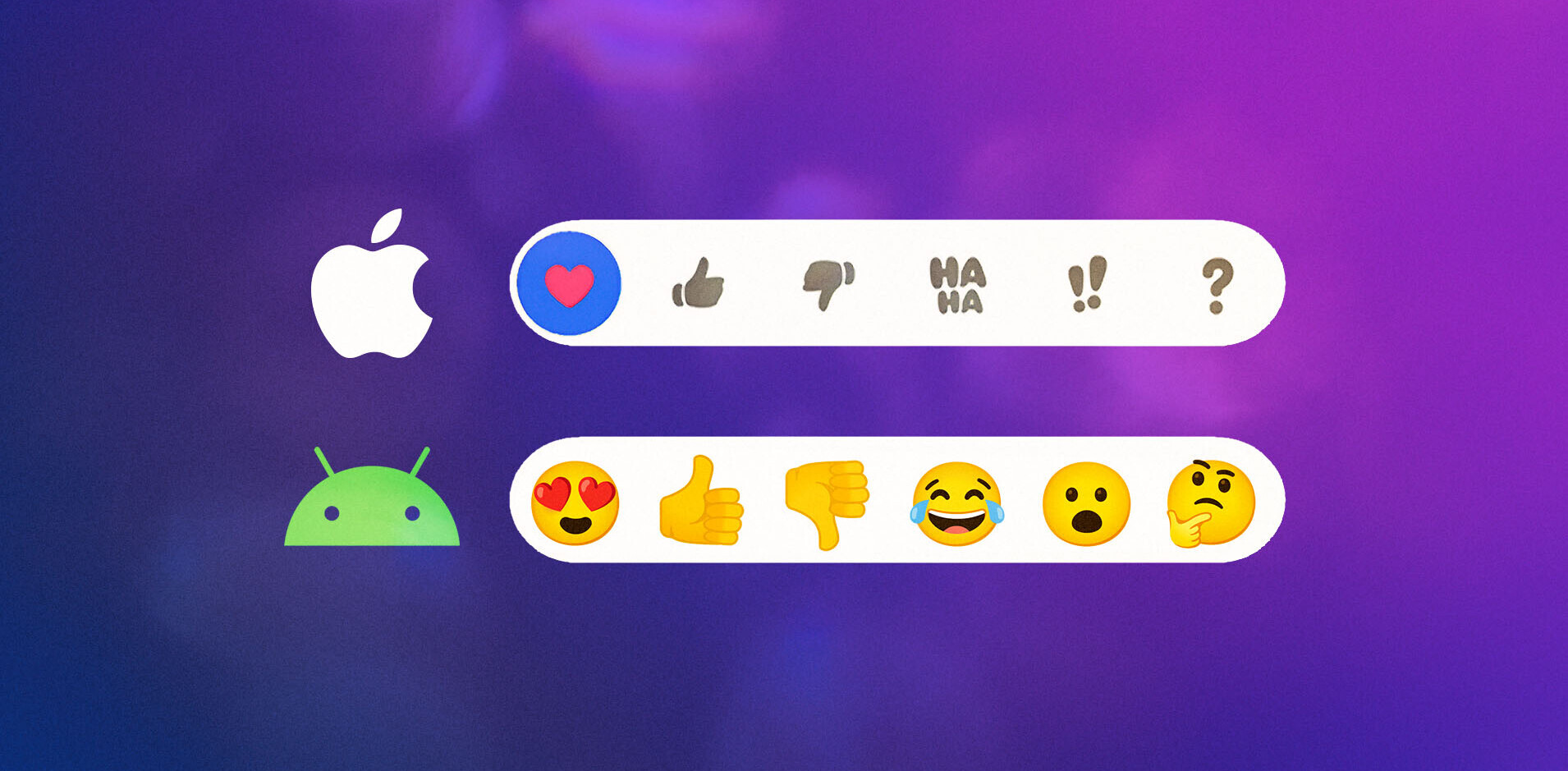
We’re big fans of UK startup TouchType’s SwiftKey keyboard for Android, and now it’s launched an SDK to bring the same technology to any device. As remote a chance as it may seem, it may even come to iOS.
The announcement, tying in with Mobile World Congress, makes the core language-engine technology that powers SwiftKey available to handset and device manufacturers.
The SwiftKey X app for Android is a beautiful thing – it learns your typing style and the way you use language to predict the words you’lll want to type next. Over time it can become spookily accurate, and you can give it a head start by letting it learn from your language use in your emails, on Twitter and on Facebook.
The new SDK means that now any device manufacturer can build SwiftKey technology into its devices as standard, with support for over 40 languages.
It won’t just be mobile phones and tablets that will offer SwiftKey keyboards as standard, it seems. The company says that it has already seen implementations in smart TVs and assistive technology devices.
The SDK supports Android, C++, iOS, JVM and Linux. Did you spot it? Yes, the SDK supports iOS. However, given that Apple is the only manufacturer of iOS hardware, it seems a remote dream to think that it might adopt SwiftKey when it has steadfastly held onto its own design for so long, not allowing third party keyboards, like Android does.
SwiftKey co-founder and CTO, Ben Medlock tells us that the company sees Apple as a “potential licensee,” although even if that never happens the technology could still find its way into iOS apps.
Speaking to us from Mobile World Congress, where Skwift Key X has today won Most Innovative app at the GSMA Global Mobile Awards, Medlock explained that using the standard iOS keyboard, the prediction technology could be baked into apps themselves. SwiftKey is still assessing the best way of doing this, and the same route could be used by Windows Phone, which also doesn’t currently allow plug-in third party keyboards.
Still, if Apple CEO Tim Cook tries SwiftKey out and falls in love, the option’s there for him to build it right into iOS via the SDK. Having cursed “Damn you autocorrect” under our breath one too many times, we hope he takes it up.
Get the TNW newsletter
Get the most important tech news in your inbox each week.






